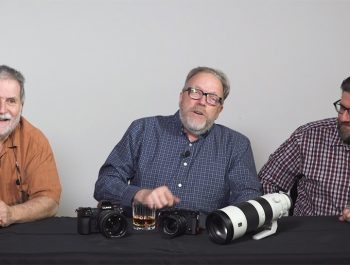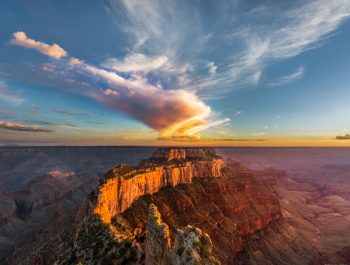Is The Foveon Sensor Still Relevant?
There is a group of photographers who remain dedicated to using cameras with a Foveon sensor. In this time of evolving full-frame cameras with new features that increase the automation of “capturing an image” perhaps it is useful to very briefly review the reasons why those who use a camera with a different sensor continue to believe that a slower and more deliberate workflow has advantages.
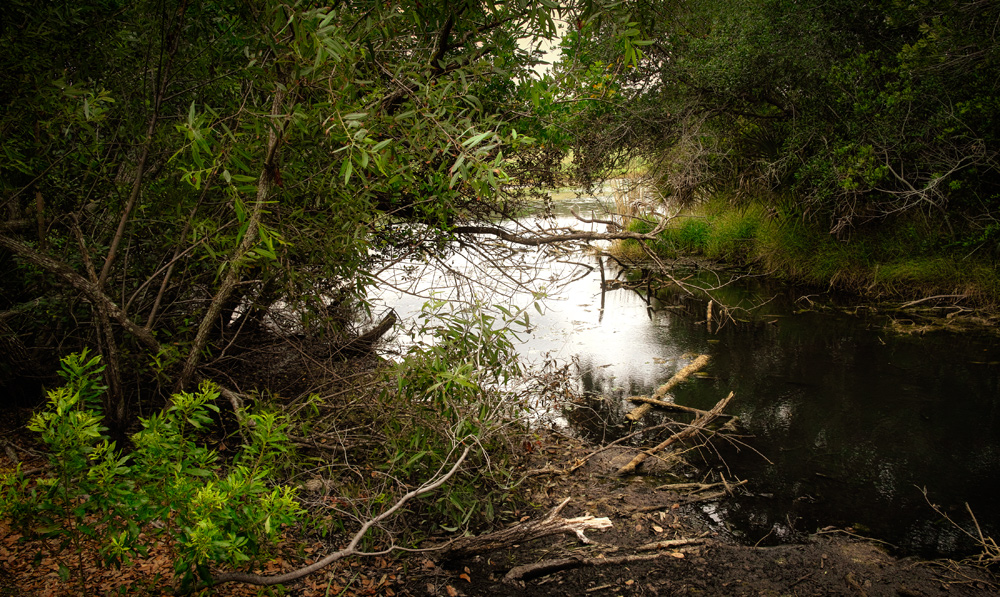
The sensor of a digital camera might be conceived as analogous to the film in an analog camera. As such the sensor is designed to record color and luminance information which- after a series of steps that are complex and somewhat arcane- can be perceived as an “image” on our computer screens.
Some years ago, engineers at Foveon developed a sensor that was meant to reprise the physical structure of film, i.e., three layers of pixels analogous to three layers of a film emulsion which directly records red, green and blue light. The Foveon sensor stands apart from the single-layer sensor of most digital cameras in which each point on the sensor records only one color. The Foveon sensor is designed to take account of the fact that different wavelengths of light penetrate the sensor to different depths. Consequently, there is no need for the Foveon sensor to have a “grid” (the Bayer Array) and complex algorithms to interpret the colors that reach the sensor. A complete discussion of the advantages and disadvantages of various sensor designs is considerably beyond the scope of this discussion. However, Foveon sensors by their design are said to be capable of capturing more color detail with fewer artifacts then cameras using the more prosaic sensors. Moreover, the continuing development of the Foveon sensor design and in-camera processing has resulted in Sigma cameras that can take maximum advantage of the legendary Sigma lenses. Indeed, a full-frame Sigma camera with a newly designed Foveon sensor will be released this year.

Although the Foveon sensors might have a theoretical advantage, when incorporated into cameras photographers must deal with issues that can be both vexing and limiting. The Foveon files were until very recently encoded in a unique “X3F” format (the files can now be captured in the DNG format) that necessitated the use of a proprietary RAW developing program supplied without charge by Sigma. I have no personal experience using or editing the Sigma Foveon DNG files and do not own either of the latest sd Quattro cameras. Although the Sigma RAW developer has been improved, the program as compared to the other RAW processors now available continues to be rather slow to use with editing choices that are well below those available in modern RAW programs. In addition, cameras with the Foveon sensor “write images” rather slowly and very importantly, are best used at low iso values. Indeed, at ISO values above 400 noise becomes an increasingly significant issue, and therefore use of a tripod can be beneficial. By modern standards, the viewfinder can be found wanting. There are rudimentary video capabilities. In very warm weather the in-camera processing can result in the camera becoming warm and the camera might need to be turned off for a short interval. Despite such negative issues, Sigma cameras have a well- designed menu system that allows quick and easy changes, and although a bit iconoclastic, many find the haptics of the relatively new Quattro series (named after a newly designed Foveon sensor architecture) excellent. Sean Reid and others have written important in-depth reviews of Sigma cameras which employ several varieties of the Foveon sensor. Indeed, Sean describes the use of information from the “blue layer” of the Foveon sensor as being excellent for those interested in capturing monochrome images. For those wishing additional information, I suggest accessing Sean’s articles which provide considerably more details about the sensors and the various camera models. In addition, YouTube has many videos that present the various Sigma cameras, and a video is surely worth a thousand words!
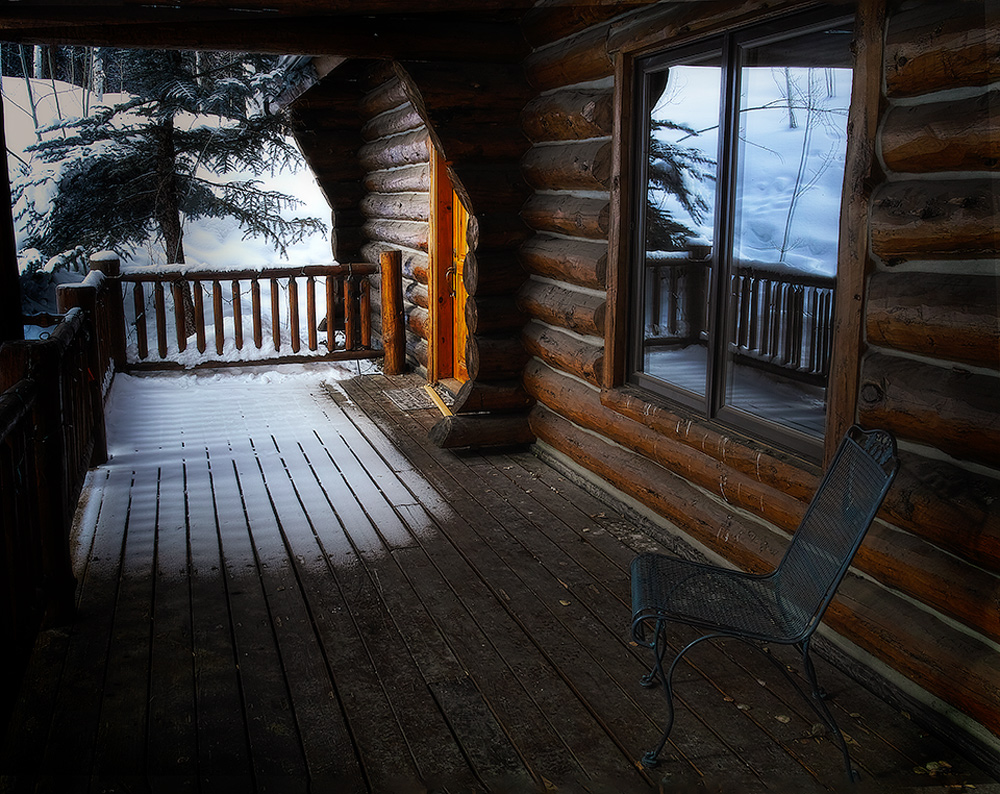
So, given some of the issues just referenced, who would use a Sigma camera? Why would photographers continue to find files from the cameras addicting? Indeed, why do Sigma users believe that the files from their cameras rival those found from full-frame digital cameras? In a few words, the images are unique in their dimensionality, detail and color rendition. The “information available” in the files allows considerable latitude when editing; following RAW development the files are amenable to a variety of interpretations without appreciable loss of image quality. The files can be edited in all the recent plugins and show no degradation upon additional editing. Nevertheless, the limitations imposed by the physics of the sensor makes the need for a slow and studied workflow. It’s interesting to note that many Sigma users have migrated from using large format analog cameras and are comfortable working with a tripod at a pace that is contemplative and relevant for landscape photography. Although some Sigma camera users would disagree, Sigma cameras would likely not be the ideal choice for “street photography” in which the proverbial “run and gun” approach would be preferable. Nevertheless, as “Waiting for Spring” illustrates, Sigma cameras can easily be used handheld. Contemporary Sigma cameras are offered in models that have both fixed and adjustable focal length lenses as well as the standard APSC and a slightly larger “H” sensor. One can continue to find older Sigma models such as the dp1Merril; such models are extremely well priced. One of the advantages of the fixed lens Sigma cameras is their small size and lightweight which allows easy portability and the use of a “light” monopod if necessary. Indeed, the dp1Merrill camera will possibly fit in a pants pocket. Of course, the disadvantage of fixed lens cameras is that one must carry several cameras to provide for additional angles of view.
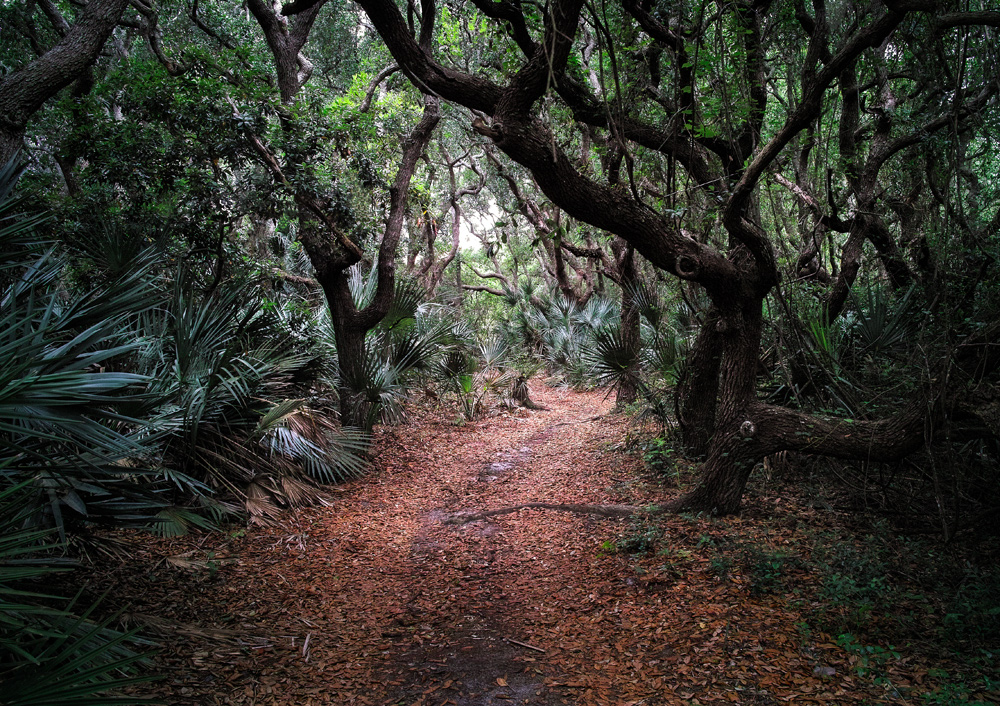
Those naïve to Sigma cameras and the Foveon sensor are prone to dismiss the relatively small and light fixed lens cameras as being inferior and unable to capture images that compare with modern full-frame digital cameras. Sigma users would likely suggest that such opinions are wrong. The more recent Sigma Foveon cameras (the sd Quattro and Quattro H) have an improved viewfinder and more up to date features; those wishing to avail themselves to the Foveon sensor in an interchangeable lens camera with more modern design will not be disappointed.
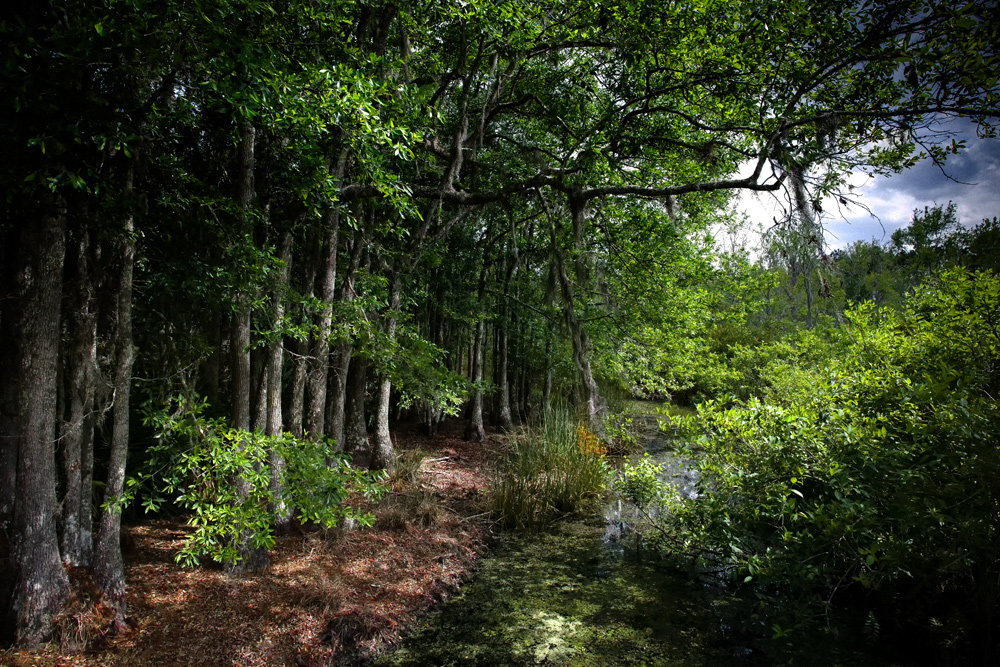
Although I have a Leica Vario and now a full-frame Canon Eos R I continue to reach for the Sigma cameras when I desire to avail myself to a camera that reprises the experience of using my 8×10 view camera: On a tripod in splendid isolation contemplating the nuances of color and light in Northern Florida.
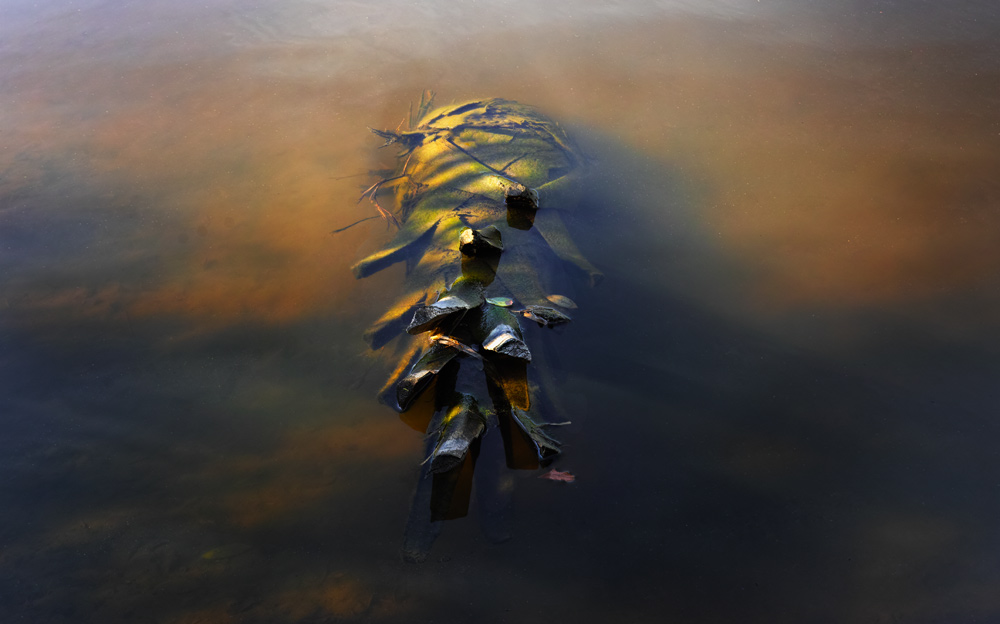
In this article, I have shared several representative files from various Sigma cameras. To recapitulate: The files are all native X3F files converted in the proprietary Sigma Photo Pro raw developer and then as tiff files have been edited in Photoshop and as desired using additional plug-ins. As is often the case, the appearance of the files on the monitor does not do justice to the prints!
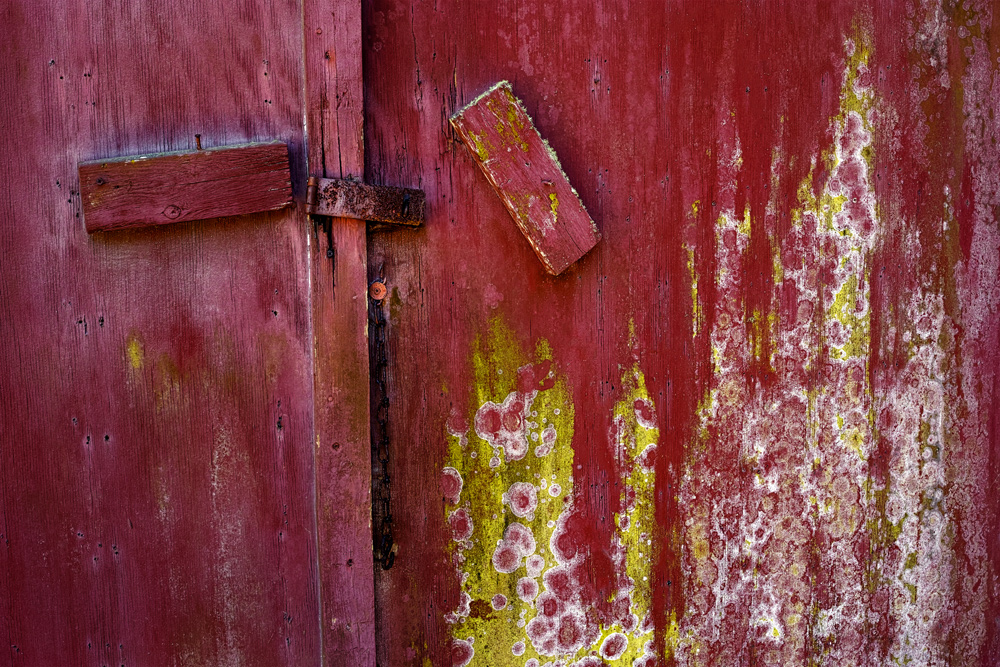
Elliot Puritz
February 2020
Palm Coast, Florida
Almost 80 years old and have moved from a variety of analog formats to digital. Color capture and fine art prints are my goal. Use Capture One Pro, Sigma Cameras, and have not yet found a compelling need to replace the Leica Vario which images to my mind have not been surpassed. I regularly sell my color prints which hang in homes in Hong Kong, Germany, and throughout the United States.






